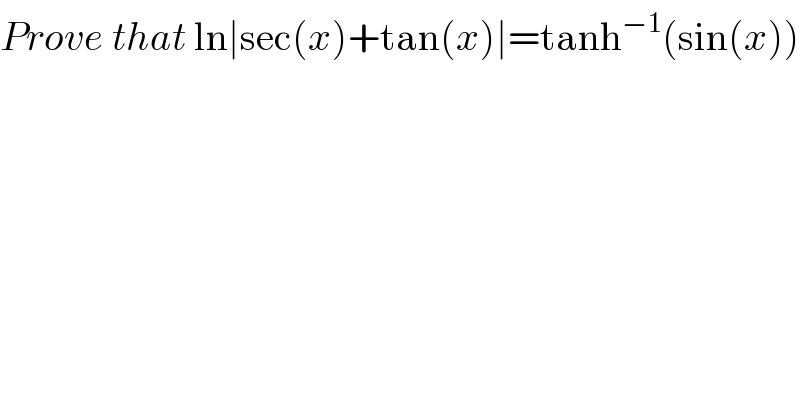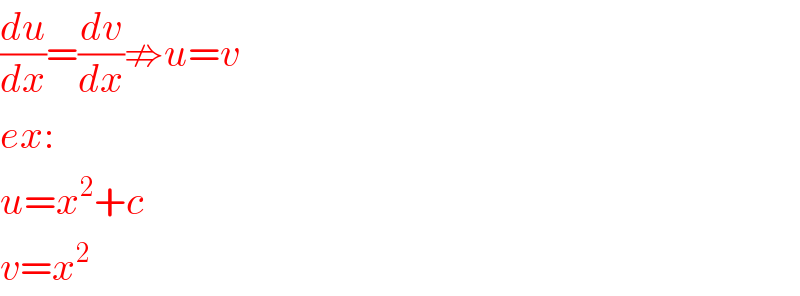
Question and Answers Forum
Question Number 96729 by qwertasdf last updated on 04/Jun/20

Commented by prakash jain last updated on 04/Jun/20

Answered by Ar Brandon last updated on 04/Jun/20

Commented by Ar Brandon last updated on 04/Jun/20

Commented by prakash jain last updated on 04/Jun/20

Commented by prakash jain last updated on 04/Jun/20

Commented by prakash jain last updated on 04/Jun/20

Commented by Ar Brandon last updated on 04/Jun/20

Commented by 1549442205 last updated on 05/Jun/20

Answered by Ar Brandon last updated on 04/Jun/20

